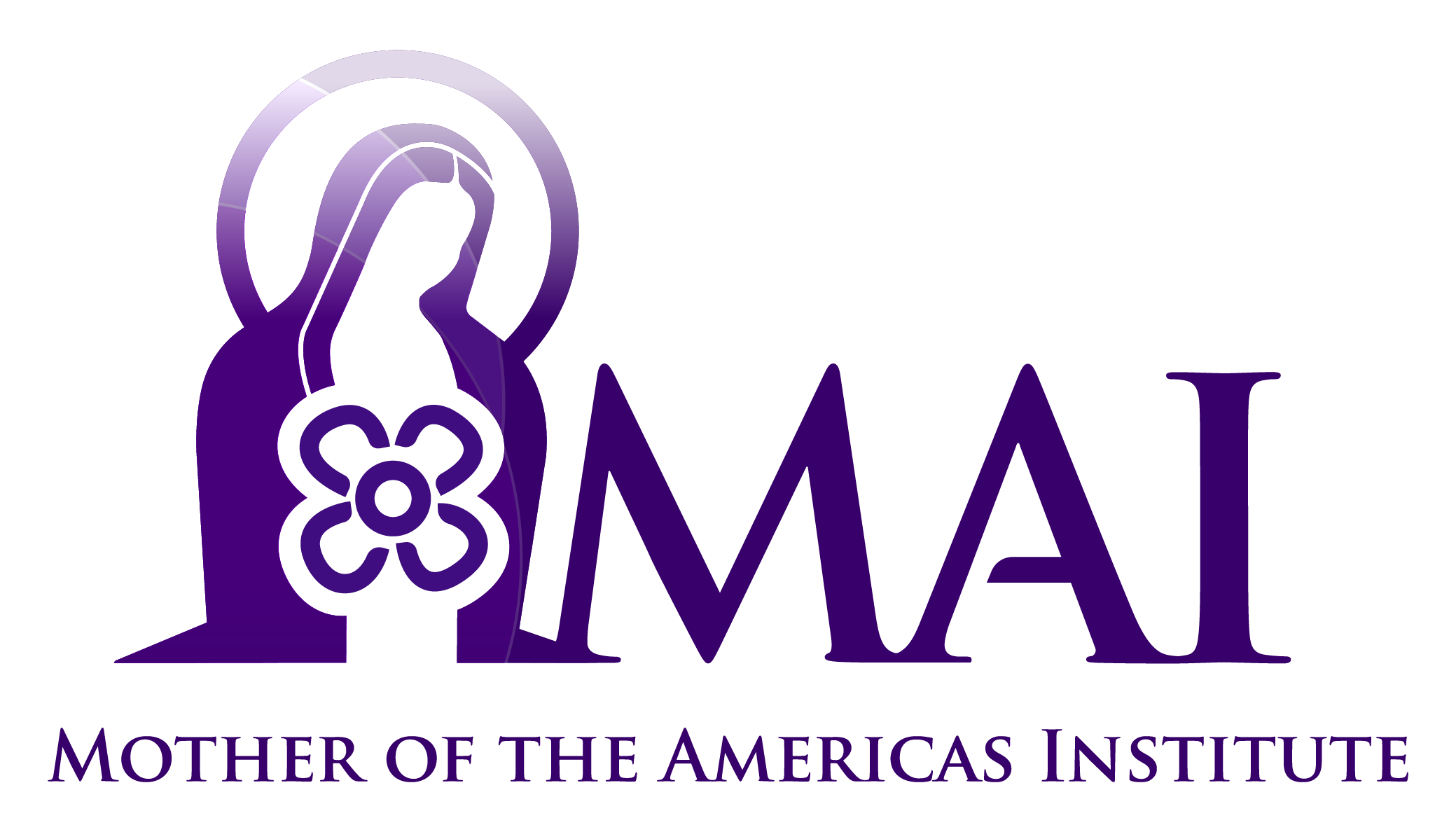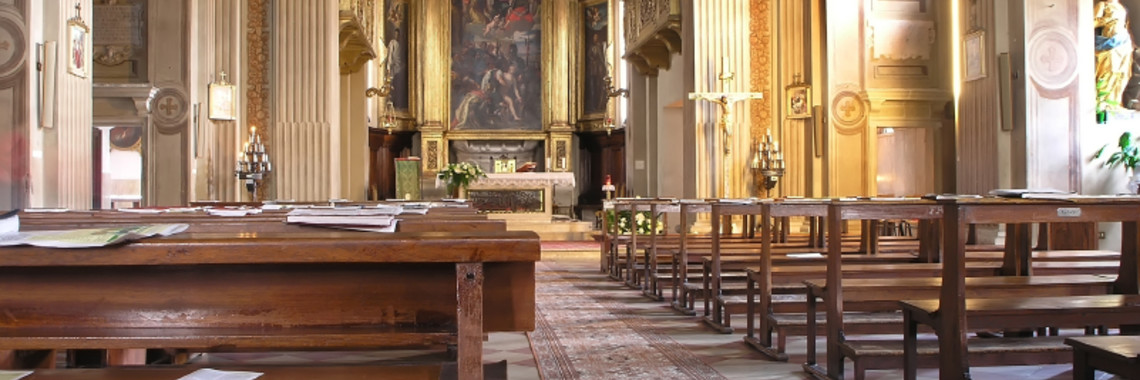As indicated in the article entitled What is Evangelization?, evangelization at its most fundamental meaning is bringing the Good News, Jesus Christ Himself, to mankind. If the Gospel is bringing Christ to the world in order to reconcile it to Him, then what is preached in the Word is actually effected in the Eucharist. It is for this reason that the entire celebration of the liturgy is the work of evangelization, particularly the Eucharistic mystery. Wherever the Mass is celebrated, the Church is evangelizing.
It is vitally important, however, not to err with respect to the character of this aspect of evangelization. We cannot “use” the Mass to achieve fruits in our efforts at evangelization. It is very easy to instrumentalize the liturgy (the Mass and the rest of the Sacraments). When we instrumentalize something, we diminish the thing, we treat it in a way we should not, and however unintentionally, we lessen its dignity and damage the ability of achieving the fruits we had set out to obtain. The phenomenon of instrumentalization occurs when we make a category mistake about the object of our concern. Employing the categories of means, ends and fruits can help us to see the mistake. Ends are goods in themselves; they are the very telos, the fulfillment of another thing. Means, of course are the pathways by which we attain the end. Fruits are products of achieving an end. Ends and fruits usually are entangled with one another in our minds; the fruit is usually seen as the end itself, or at least, it is considered an additional end. However, fruits are not ends. When a fruit is mistaken for an end, the end itself is necessarily reduced to a means in the order of our intention. This is because when we set out to attain the fruit, but mistake it as an end, the real end which gives rise to the fruit is mistaken for a means. The real end becomes instrumentalized, and the result is that we damage, if not destroy, the capacity of achieving the fruit that we are pursuing. For example, in the marital act, many mistake pleasure to be an end, rather than a fruit, of the intimate communion between husband and wife. This results in libidinism by which the spouses use each other and end up damaging, if not destroying, the unitive fruitfulness of the marital act, and so the relationship itself will suffer. Even children can be mistaken as ends rather than fruits of marriage. In the same way, the spouses can use each other to achieve a child for their own self-fulfillment. This is the great danger of mistaking fruits of human ends as ends in themselves; we end up using persons.
Let us look at these categories in terms of the liturgy. The end of the human person is a communion of love with other persons. Of course, communion with God is the final end of every person (human and angelic), but communion among creaturely persons is also an end. The Mass makes present the infinite act of Jesus Christ’s reconciling love; it makes present the communion of God and man, and this reaches its most intimate manifestation in Holy Communion. The Mass, as with the rest of the Sacraments, is an end in itself. Fr. Romano Guardini illustrates this when he refers to the “playfulness” of the Mass, alluding to the Aristotelian insight that the most important things in life are “useless,” that is, they are ends in themselves and not mere means (Spirit of the Liturgy). The liturgy is not meant to be useful, but rather to be an encounter of communion with the living God.
The fruits of the celebration of the Mass and the other Sacraments do bring about reconciliation of men and the world to God. However, we must be clear that this received grace is the fruit of the celebration and not its end. To view it otherwise is to reduce the Mass to a means, that is, to instrumentalize it. When, in our intentions, the Mass is reduced to simply a means for grace and reconciliation, we run the risk of destroying its fruitfulness. We miss the fact that the Mass itself is that very act of communion of each one of us (and simultaneously all of us—the Church) with God in Jesus Christ; it is that moment of grace for which we were created. We end up using Jesus Christ in order to try to take for ourselves the fruit of our encounter with Him, rather than receiving it as a gift, as a fruit of the encounter.
What this means for evangelization is that the liturgy is not a mere means for evangelization; it must not be manipulated in a misguided attempt to make it more “relevant,” more “effective” or more entertaining. Authentic liturgy means that God reveals to us how we are to worship Him; authentic liturgy does not come from man’s creativity or ingenuity for “then it would remain just a cry in the dark [as it was for the pagans] or mere self-affirmation [as it is for postmodern man]” (Joseph Cardinal Ratzinger, Spirit of the Liturgy, 22). Evangelization is meant to be an answer to man’s cries in the dark; in this way, any illicit “use” of the liturgy with the intention to evangelize undermines our purpose from the outset.
So then how does the Eucharist become the center of the New Evangelization? Of course, it means that we celebrate authentic liturgy as provided for by Jesus Christ through His Church; the rubrics provide for this authenticity (in the theological sense of the term). Where options are permitted, one must again approach them with an understanding of the liturgy and the human person. The liturgy is a synthesis of cultural expressions which grew organically throughout 2000 years of history. It began with the culture of first century Palestinian Judaism, specifically the Passover Seder. The liturgy subsequently encountered first Greek culture, then Roman culture and then a variety of other pagan cultures. The exchange between the Christian culture and the newly evangelized cultures occurred over centuries. The exchange allowed the liturgy to grow organically, always maintaining its previous cultural treasures and its fidelity to its nature (for more on cultural exchange see The New Evangelization and Culture).
The nature of the Mass can be described in terms of a liturgical arc. The liturgy makes present salvation history within itself, that is, it joins the participants with the divine condescension at the Incarnation, reconciling man with God in the love of the Cross so we may attain heaven. In the liturgy, each person dies to himself (in Baptism and then continually throughout his life in his growth in holiness) in order to be divinized and to rise again with Christ, returning with Him to the Father. This arc—the condescension, death-to-self, divinization and resurrection-ascension with the Son—must determine the character of the optional accidents within the Mass. Choices of liturgical music, of sacred art and architecture, of the content and style of the homily, in the use of silence, etc., all must help the faithful to experience the full arc, the self-transcendence effected by the liturgy.
All too often the choices for these accidents have the emotional affect of leaving the faithful here on earth, even of trying to hold Jesus down with us in order to avoid having to die with Him. For example, music that puts us around the campfire, at a rock concert or even in an opera hall, rather than at the foot of the Cross and in heaven, damages the authenticity of the liturgy. Music that leads the emotions ahead of the intellect likewise contradicts the nature of the liturgy, in which the participant must be allowed active rational assent throughout the Mass (in other words, active participation), rather than to be emotionally coerced to respond. It is true that inappropriate accidents do not invalidate the Mass, but to limit one’s concern to validity reflects a mistaken legalism and risks diminishing the evangelical fruit of the liturgy. The Mass is the ultimate act of loving obedience by the Son of God into which His Body, the Church enters. To be a disciple of Jesus Christ means to conform ourselves in the same manner of loving obedience in order to build up His Church.
The nature of the Mass makes present to us Beauty, Truth and Goodness Himself. The Mass participates in these transcendentals due to the very essence of the Mass, all the more the need for the participants to experience them in the optional accidental aspects of the Mass (e.g., liturgical music; sacred art and architecture; the content and delivery of the homily; the various manners of manifesting reverence; restraint in unnecessary and untoward interventions by the priest, homilist, readers and cantors; etc.). The manifesting of the supernatural attractiveness of Jesus Christ needs to be the main consideration in preparing the liturgy; the participants have a right to experience His beauty in the beauty of the Mass. Yet it is beauty not for its own sake, but for the sake of the true and the good. In other words, the beauty is not arbitrary, but conforms to the liturgical arc, which itself is the incarnation of the Truth and the Good, the Incarnation of Jesus Christ. Maintaining this unity is the purpose of the rubrics; they help to ensure the Mass conforms to beauty, truth and goodness. This is the reason that all of the accidental aspects not required by the rubrics must likewise conform to a unity of these transcendentals. A starting point to return to authenticity in the accidental aspects of the celebration of the Mass is to retrieve many of those forms of beauty, truth and goodness that were set aside in the confusion of the liturgical reform. This, by the way, was the intention of Benedict XVI in his making more widely available the extraordinary form. The Eucharist more and more effectively becomes the center of the New Evangelization when the faithful come to understand more profoundly the meaning of the liturgy and are afforded the opportunity to experience and to participate actively in its authentic celebration.

